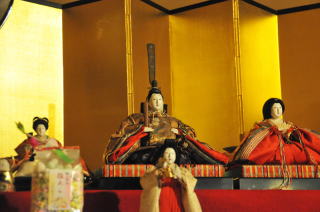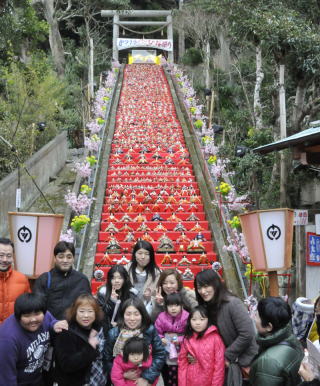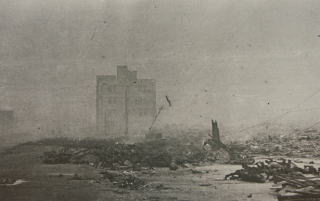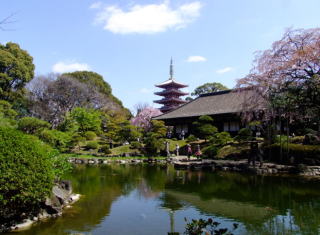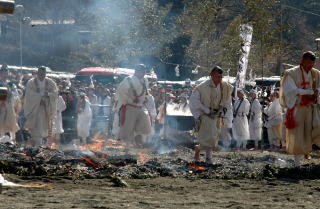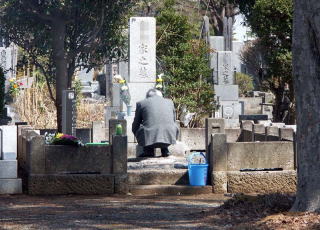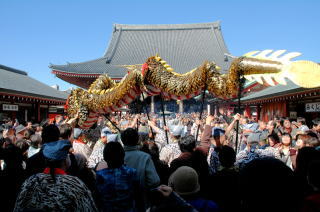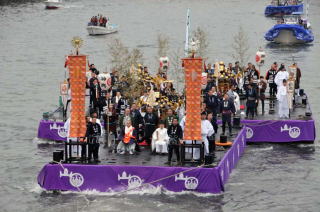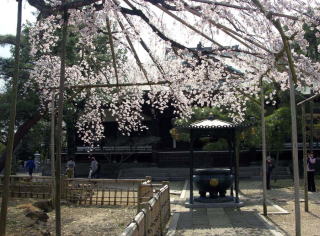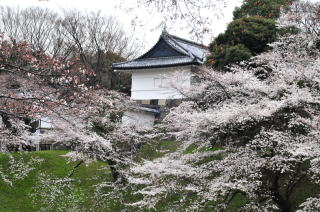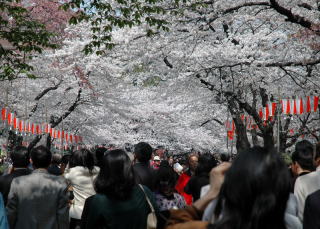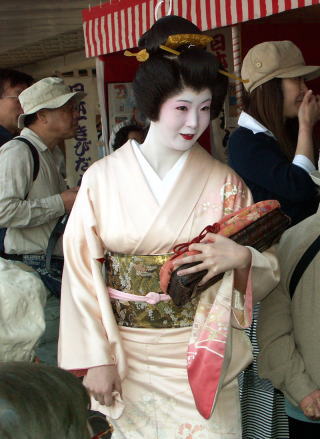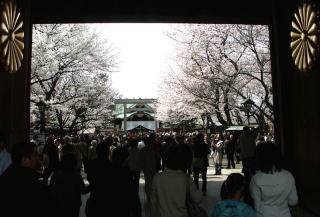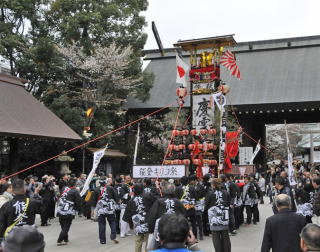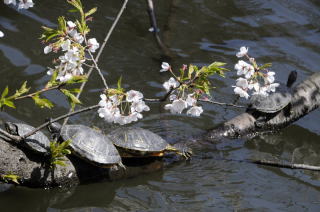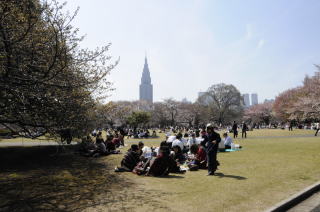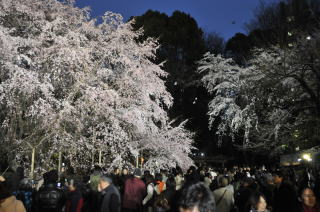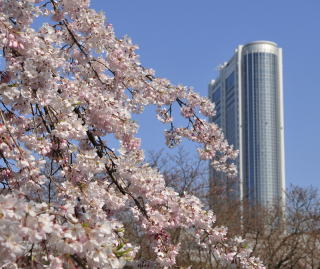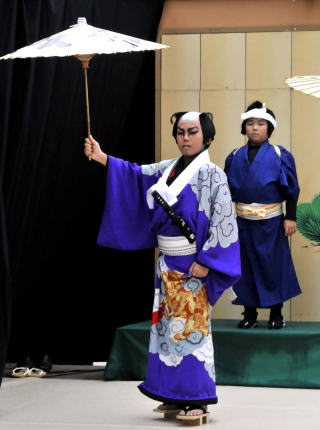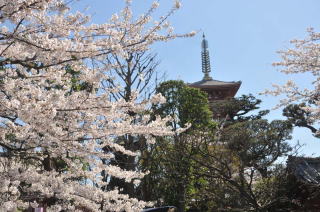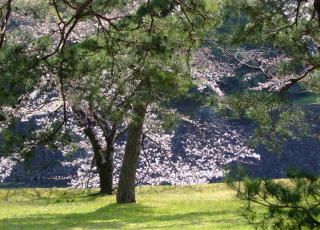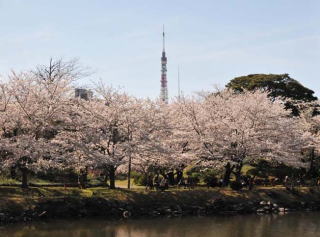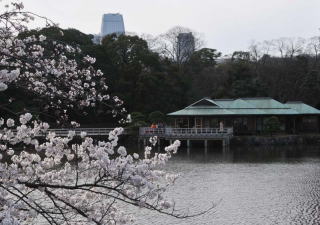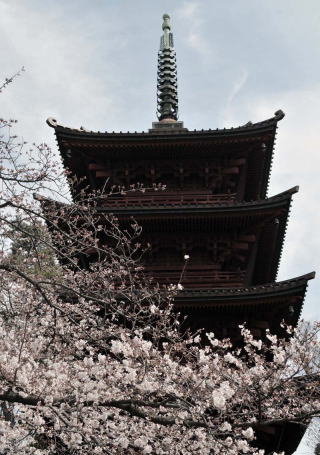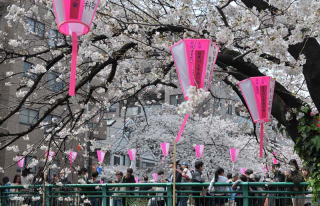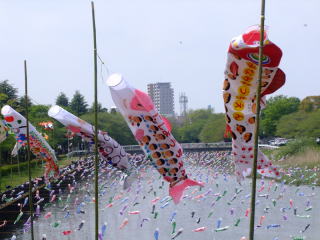MARCH 2025
All the schedules listed below are subject to change due to the outbreak
of the coronavirus
(Please confirm information before you go at the phone numbers listed)
NOTICE: Most of the Sakura Matsuri Periods are to be announced at the time
of editing the schedules.
| (*) covered events |
SAKURA
(Late March to Early April)
| Mito Kairakuen Mito Ume Matsuri Feb. 11-March 20 (2025) Every year about one million people visit the city for the festival. Kairakuen in Mito was a landscape gardening project started by Nariaki Tokugawa (1800-1860) Ninth feudal lord of the Mito Clan of Tokugawa Shogun family. The park opened in July 1842. The name "Kairakuen" comes from a saying within The Book of Mencius which states, "The ancients would share the pleasure with people, so their pleasures would be hearty and deep." Korakuen was built for not only feudal lords or feudal warriors, but also for commoners. Therefore, the design incorporates characteristics from modern parks as well as formal Japanese landscape gardens. In early spring, about 100 different types of 3,000 plum trees put flowers, making Kairakuen one of the three most famous parks of Japan. Mito is about 70 miles northeast of Tokyo and one hour train trip by Super Express Hitachi from JR Ueno Station. The train runs every one hour from Ueno. URL: Kairakuen Address: Tokiwa-cho, Mito City, Ibaraki Prefecture Telephone: 029-244-5454 Admission: free Open: Open all day 9 a.m.-5 p.m. Access: 15 minutes by bus from JR Joban Line Mito Station |
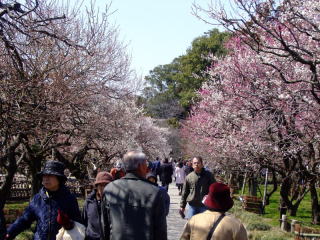 |
|
| more photos |
|
Hinamatsuri (Doll Festival - Festival for Girls) |
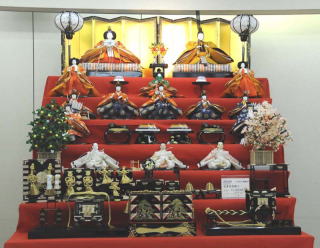 |
|
| more photos |
